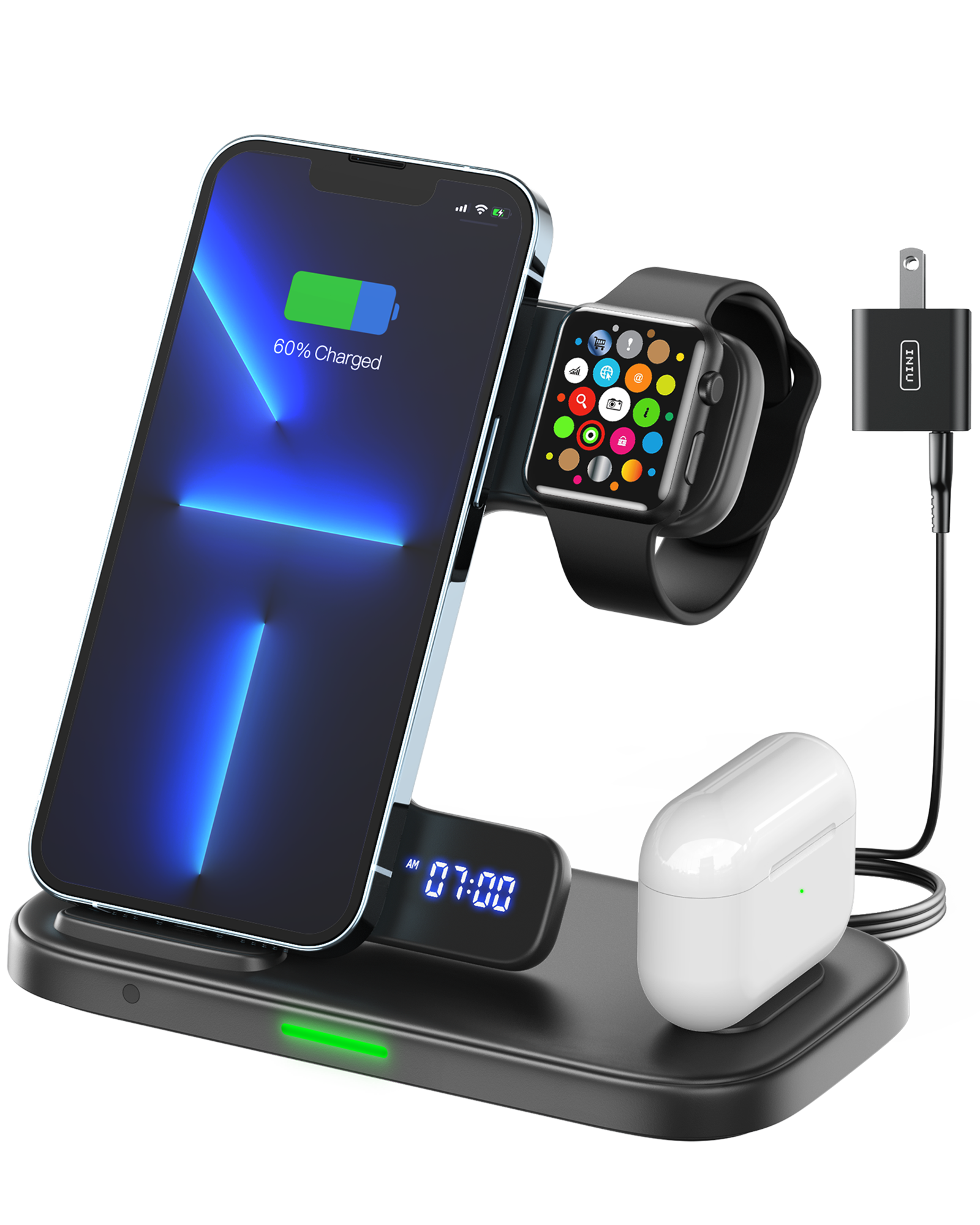Unlock the Secrets of Lightning-Fast Wireless Charging for Your iPhone!
In recent years, wireless charging has gained significant traction among smartphone users, particularly iPhone enthusiasts. Gone are the days of fumbling with tangled cords and connectors; wireless charging has revolutionized the way we power our devices. Among the various types of wireless charging, fast wireless charging stands out due to its efficiency and convenience. This article aims to delve into the mechanics of fast wireless chargers, highlighting their advantages over traditional charging methods, as well as their compatibility with various iPhone models. Whether you’re tech-savvy or just looking for a hassle-free charging solution, understanding the intricacies of fast wireless charging will enhance your user experience.

Understanding Fast Wireless Charging Technology
Fast wireless charging relies on advanced technologies to deliver power more efficiently than standard wireless charging. At its core, it utilizes principles of electromagnetic induction and resonance. When a fast wireless charger is plugged into a power source, it creates an electromagnetic field. The charger consists of a transmitter coil and a receiver coil, which are paired with your device. When you place your iPhone on the charger, the receiver coil in the phone captures energy from the field produced by the transmitter coil. This dynamic interaction allows for faster energy transfer compared to traditional charging, which typically operates at lower power levels. Fast wireless charging generally operates at 10 watts or more, while standard wireless chargers typically provide about 5 watts.
How Fast Wireless Chargers Work
The charging process begins when the device is placed on the charger. The phone and charger communicate through a process called power transmission. This dialogue ensures that the charger adjusts the power output based on the phone's needs, optimizing the charging speed. For instance, when your iPhone detects that it is aligned correctly on the charger, it sends a signal back to the charger, which then ramps up the power output. However, several factors can influence charging efficiency, including the alignment of the device, the type of case used, and the ambient temperature. Ensuring that your iPhone is correctly positioned can significantly impact how quickly it charges.
Benefits of Fast Wireless Charging for iPhone Users
Fast wireless chargers offer a multitude of benefits that enhance the overall charging experience for iPhone users. One of the most significant advantages is convenience; simply placing your phone on the charger eliminates the hassle of plugging and unplugging cables. This ease of use means you can quickly pick up your phone and go, making it an ideal solution for busy lifestyles. Additionally, using fast wireless chargers can help reduce wear and tear on charging ports, which are often prone to damage from frequent plugging. The time-saving aspect is another notable benefit. With fast wireless charging, you can power up your device significantly quicker, which is a game-changer when you're in a rush. A friend of mine recently switched to a fast wireless charger, and she couldn’t believe how much time it saved her during her morning routine!
Compatibility with Different iPhone Models
When considering a fast wireless charger, it's essential to check compatibility with your specific iPhone model. Most recent iPhones, beginning with the iPhone 8 and newer, support fast wireless charging. However, to achieve optimal charging speeds, it's important to use a charger that meets the power output specifications required by your device. Some older iPhone models may not support fast wireless charging, so users should verify their device's capabilities before making a purchase. Additionally, using the right charging accessories, such as a compatible power adapter, is crucial for maximizing charging efficiency.
Best Practices for Using Fast Wireless Chargers
To make the most out of your fast wireless charging experience, there are several best practices to consider. Firstly, ensure that your device is aligned properly on the charging pad; misalignment can lead to slower charging speeds or even interruptions. Avoid using thick cases that may hinder the energy transfer, as this can also affect charging efficiency. Moreover, it’s advisable to keep the charging area clean and free from obstructions, such as dust or debris, which can interfere with the charging process. Lastly, while fast wireless chargers are designed to be safe, it’s wise to monitor the device during charging to prevent overheating, especially in warmer environments.
Embracing Fast Wireless Charging for Optimal Performance
In summary, fast wireless charging technology offers a modern solution for powering iPhones efficiently and conveniently. With its ability to reduce wear on charging ports, save time, and enhance the overall user experience, it’s an attractive option for anyone looking to simplify their charging routine. As compatibility with various iPhone models continues to expand, now is the perfect time to embrace this innovative technology. Consider making the switch to fast wireless charging for a more efficient and hassle-free way to keep your device powered up!


